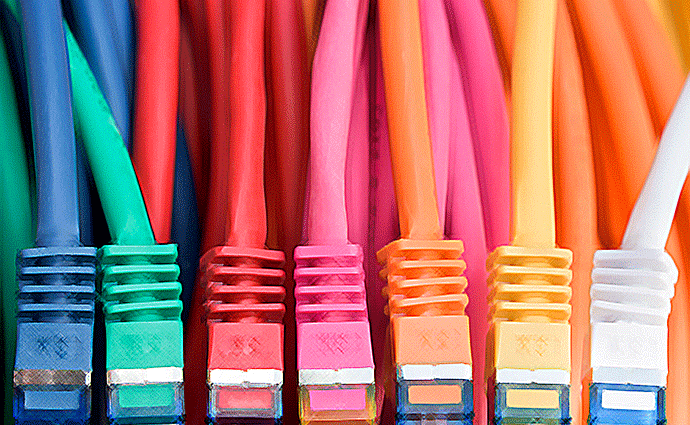New Bill Targets Broadband Funding to Fuel Telehealth Expansion
The BRIDGE Act of 2021, introduced earlier this month, would set aside $40 billion for broadband expansion projects that would, among other things, improve telehealth adoption in underserved areas.

Source: ThinkStock
- Lawmakers in Washington DC are continuing to push for more federal funding for broadband expansion, which in turn would greatly expand telehealth adoption.
The Broadband Reform and Investment to Drive Growth in the Economy (BRIDGE) Act of 2021, re-introduced earlier this month by Senators Michael Bennet (D-CO), Angus King (I-ME) and Rob Portman (R-OH), takes aim at the digital divide, which, among other things, curtails efforts by underserved populations to access healthcare, including through telehealth.
The bill, which failed to make it through Congress last year, would provide $40 billion in flexible funding to states, tribal governments, US territories and Washington DC to bridge that divide through increased broadband connectivity. It would fuel projects and programs designed to give underserved populations better access to high-speed internet.
“Our bipartisan bill puts states in the driver’s seat,” Bennet said in a press release. “It empowers communities to deploy their own networks to promote choice and competition. And it significantly raises the standard for any new broadband networks to ensure they meet America’s needs, not only today, but for years to come -- from telemedicine to teleworking, distance learning, precision agriculture, and the emerging technologies that will transform our lives.”
“The coronavirus pandemic has made it clear that broadband is essential infrastructure,” added King, whose primarily rural home state faces significant broadband hurdles. “Over the last year-plus, Americans of all backgrounds have relied on the internet to work, learn, shop, and stay connected to their loved ones – but at the same time, far too many of our citizens could not access these opportunities. The American Rescue Plan included a historic down payment on broadband infrastructure to confront this challenge, but a larger investment is needed to ensure that no Americans are left behind in our increasingly-digital society.”
Underserved populations – including those in rural areas, minorities and inner-city neighborhoods – face many challenges accessing healthcare, including a lack of resources, limited access to in-person care and a distrust of the healthcare system.
While COVID-19 has helped fuel a surge in telehealth, it has also shone a spotlight on barriers faced by underserved populations in accessing or using the technology, including a lack of digital literacy and a lack of resources to acquire or use the technology. Someone living on a limited income, for example, might not have the money to afford Wi-Fi or a good computer or smartphone, and they might not have enough familiarity with the technology to be able to use it.
According to its sponsors, the BRIDGE Act would:
- Provide $40 billion to states, tribal governments, US territories and Washington DC to ensure all Americans have access to affordable, high-speed broadband;
- Prioritize unserved, underserved, and high-cost areas with investments in ‘future proof’ networks that will meet the long-term needs of communities while supporting efforts to promote broadband affordability, adoption, and digital inclusion;
- Encourage gigabit-level internet wherever possible while raising the minimum speeds for new broadband networks to at least 100/100 Mbps, with flexibility for areas where this is technologically or financially impracticable;
- Emphasize affordability and inclusion by requiring at least one affordable option; and
- Increase choice and competition by empowering local and state decision-making, lifting bans against municipal broadband networks, and allowing more entities to compete for funding.
It’s not the first bill to target broadband expansion. In March, US Rep. Peter Welch (D-VT) unveiled the Connect America Act of 2021, which would set aside almost $80 billion to expand high-speed broadband services throughout the country.
Likewise, the Federal Communications Commission is taking on broadband access with an Emergency Broadband Benefit Program that aims to help underserved households access broadband services and two massive programs – the COVID-19 Telehealth Program and the Connected Care Pilot Program – that support healthcare providers and other programs in expanding their broadband resources to boost telehealth outreach.
